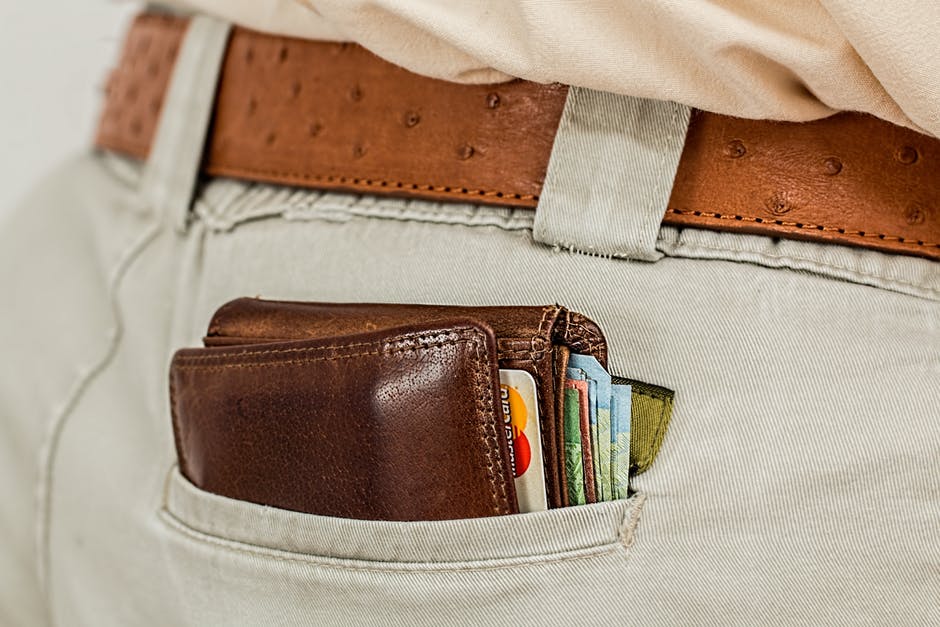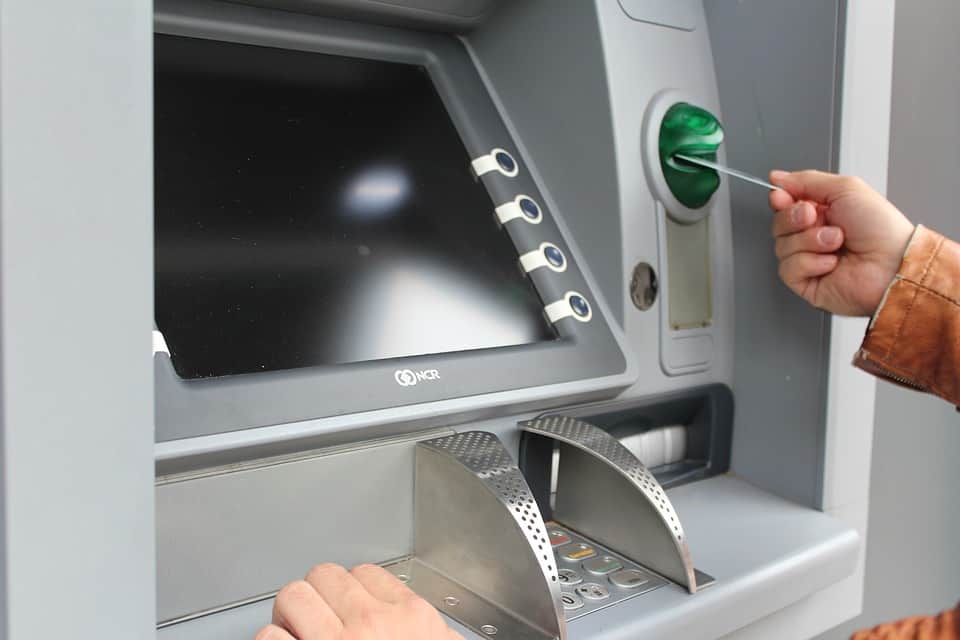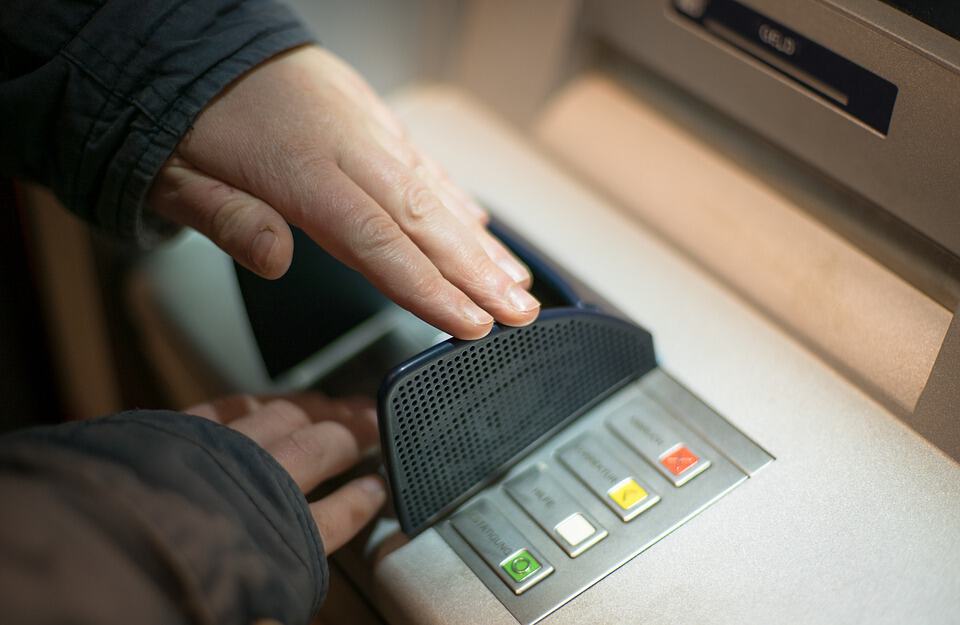A smart way to keep your finances in check is to choose the right bank for your savings account. While all banks have great benefits for their clients, it is up to you to see which bank can give you the best service for your needs. Those are up to you, but this list can help you zero in on the perfect bank for your needs.
Goal for Your Savings Account: What exactly do you want to achieve when you open a savings account? Your goal will affect your choices for your savings account.
Think very well. Are you saving up for a car, for further studies, or for a vacation of a lifetime? Will this be one of your many active savings accounts? When you find out what you want for your savings account, you might have an easier time focusing on a bank that can help you maximize your money.
Type of Savings Account: Generally, there are two kinds of savings accounts: an ATM (Automatic Teller Machine) account and a Passbook savings account. An ATM account allows you to withdraw money with a card through an ATM. A passbook savings account, on the other hand, comes with a booklet that records your bank transactions.
The ATM savings account has more flexibility than a passbook account, but the latter is better for those who prefer traditional banking than having an ATM card with them. ATM accounts are best if you’re just starting out in your financial journey and you don’t have enough money for a high maintaining balance, because to maintain a passbook account, you need to have a maintaining balance of P10,000.

Initial Deposit: To open a savings account, you need to give your initial deposit. Again, it depends from bank to bank, and from savings account to savings account. Some banks require you to give an initial deposit of P100 in order to open a basic savings account. When you’re more financially stable, you can open a bigger savings account with an additional deposit of P500.
Interest Rates: In the Philippines, banks have interest rates for savings account holders. Interest rates do vary from bank to bank; some banks give higher interest rates than others. As most experienced investors would say, the higher the interest rate, the better.
Even if your money is safe in your account, the interest rate enables your money to grow. Depending on your bank and savings account type, you’re required to have a certain amount to earn interest. It’s best to call up the bank or banks you prefer to know how much your savings invest every year, and how much the interest rates are.
Maintaining Balance: There are reasons why some savings accounts have maintaining balance, while others don’t. Some account types have minimal maintaining balance, around P500, and it’s good for people who regularly withdraw money. If you don’t maintain your balance within 30 days, your savings account may close and you cannot withdraw the remaining money in that account.

Access to Bank: There are many banks today that have 24/7 ATM services all across Metro Manila and major cities across the country, so it shouldn’t be so hard for you to check your balance through an ATM. Many commercial banks now offer mobile and internet banking, so if you’re in Hong Kong and you want to know if your client has given your commission for a piece of work you’ve done for them, you can check any time of the day.
Passbook account holders cannot use an ATM, unless they also have an ATM card, but they can check their account through the internet as well.
ATM Transaction Fees: As much as possible, transact with your bank. When you use another ATM for your card (ex. You have one ATM card that you’re using through another bank’s ATM), you could get a minimum charge for using that machine. Some ATMs charge cards from the same bank service charge, while some don’t. It also depends on the type of ATM savings account you have, and what kind of transaction you do.
Customer Service: Some banks excel in serving their clients both online and in the branch. You’ll notice that they use social networking sites like Facebook and Twitter to talk to you and tend to your needs. If you’re looking for fast lines and compassionate tellers, make sure you try out two to three banks before finally choosing one you want to trust your savings with.
To be financially healthy means you have to make the right choices so that you won’t add any more expenses. Your banking experience should be easy and fruitful. When you choose the right bank for your savings account, you’ll have more peace of mind.
























